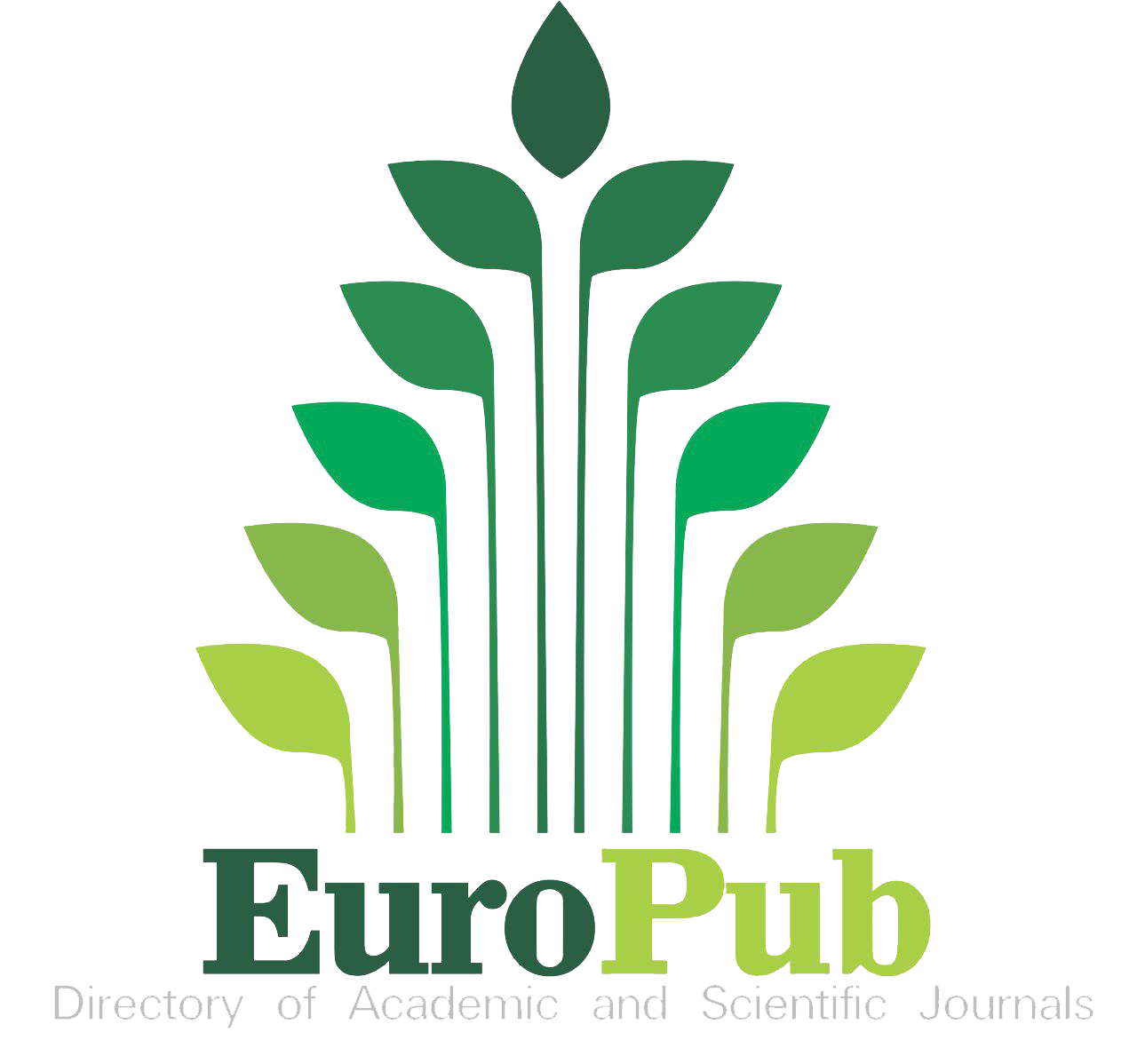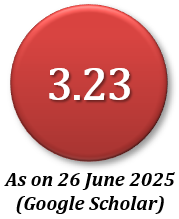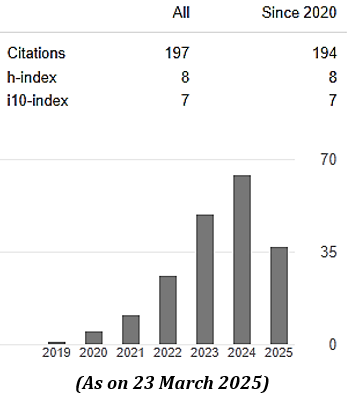Numerical Analysis of Cavitating Flow on Hydrofoil
Abstract
Numerical study is presented in this work for turbulent cavitating flow pattern simulation on a hydrofoil, using state equation of cavitation model along with combined turbulence model for mixed fluid based on commercial software FLUENT 6.0. This solver is based on finite volume method. Cavitating study yield irregular behavior with the variation of cavitation values ( . This study is focused on pressure variation, vapor volume fraction, lift and drag forces on the foil section for various cavitation values at angle of attack. Cavitation initiation begins at the foremost surface and covers towards the end chord with reducing cavitation value. Moreover, the change of vapor region pattern is predicted towards the front of the foil. Finally, transitional flow range is observed for values 0.8 to 1.2 with large standard deviation.
Downloads
References
Brennen C. E. (1995). Cavitation and bubble dynamics. Oxford University press, Oxford.
Choudhury D. (1993). Introduction to the Renormalization Group Method and Turbulence Modeling. Fluent Inc. Technical Memorandum TM-107.
Dular M., Bacher R., Stoffel B., & Širok B. (2005). Experimental evaluation of numerical simulation of cavitating flow around hydrofoil. European Journal of Mechanics B/Fluids 24, 522-538.
Frobenius, M., Schilling, R., Bachert, R., & Stoffel B. (2003, November). Three-dimensional unsteady cavitation effects on a single hydrofoil and in a radial pump – measurements and numerical simulations, Part two: Numerical simulation. Proceedings of the Fifth International Symposium on Cavitation, Osaka, Japan.
Kawamura T., & Sakuda M. (2003, November). Comparison of bubble and sheet cavitation models for simulation of cavitation flow over a hydrofoil. Fifth International Symposium on Cavitation (Cav2003), Osaka, Japan.
Kothandaraman C. R., & Rudramoorthy R. (2007). Fluid mechanics and Machinery. New age international publishers.
Kunz R. F., Boger D. A., Stinebring D. R., Chyczewski T. S., Lindau J. W., Gibeling H. J., Venkateswaran S., Govindan T. R. (2000). A preconditioned Navier-Stokes method for two-phase flows with application to cavitation prediction. Computers & Fluids, Vol. 29(8), 850-872.
Karim M., Mostafa N., & Sarker M. M. A. (2010). Numerical study of unsteady flow around a cavitating hydrofoil. Journal of Naval Architecture and Marine Engineering, vol. 7, 51-61.
Kubota A., Hiroharu A., & Yamaguchi H. (1992). A new modeling of cavitating flows, a numerical study of unsteady cavitation on a hydrofoil section. Journal of Fluid Mechanics, vol, 240, 59–96.
Mortezazadeh M., Katal A., & Javadi K. (2014). Cavitation control on hydrofoil. Proceedings of the International Conference on Heat Transfer and Fluid Flow. Prague, Czech Republic
Mostafa N., Karim M., & Sarker M. M. A. (2016). Numerical Prediction of Unsteady Behavior of Cavitating Flow on Hydrofoils using Bubble Dynamics Cavitation Model. Journal of Applied fluid Machanics, Vol. 9, 1829-1837.
Pouffary B., Fortes-Patela R., & Reboud J. L. (2003, November). Numerical simulation of cavitating flow around a 2D hydrofoil: A barotropic approach. Fifth International Symposium on Cavitation (Cav2003), Osaka, Japan.
Roohi E. & Zahiri A. P. (2012). Numerical simulation of cavitation around a Two-Dimensional Hydrofoil Using VOF Method and LES Turbulence Model. Proceedings of the Eighth International Symposium on Cavitation (CAV 2012). Singapore.
Schnerr G. H. & Sauer J. (2001). Physical and numerical modeling of unsteady cavitation dynamics 4th International Conference on Multiphase Flow, ICMF-2001, New Orleans, USA.
Singhal A. K., Li H., Atahavale M. M., & Jiang Y. (2002). Mathematical basis and validation of the full cavitation model. Journal of Fluids Engineering, vol, 124, 617–624.
Stutz B. & Reboud J. L. (2002). Measurements within unsteady cavitation. Experiments in Fluids, vol. 29, 545-552.
Yoshinori S., Ichiro N., & Tosshiaki I. (2003). Numerical analysis of unsteady vaporous cavitating flow around a hydrofoil. Fifth International Symposium on Cavitation (Cav2003), Osaka, Japan.
MIJST follows the open access policy.

This work is licensed under a Creative Commons Attribution-NonCommercial 4.0 International License. This allows anyone to copy, share, distribute, and modify the work for non-commercial purposes, where the original work and source should be properly credited.
















